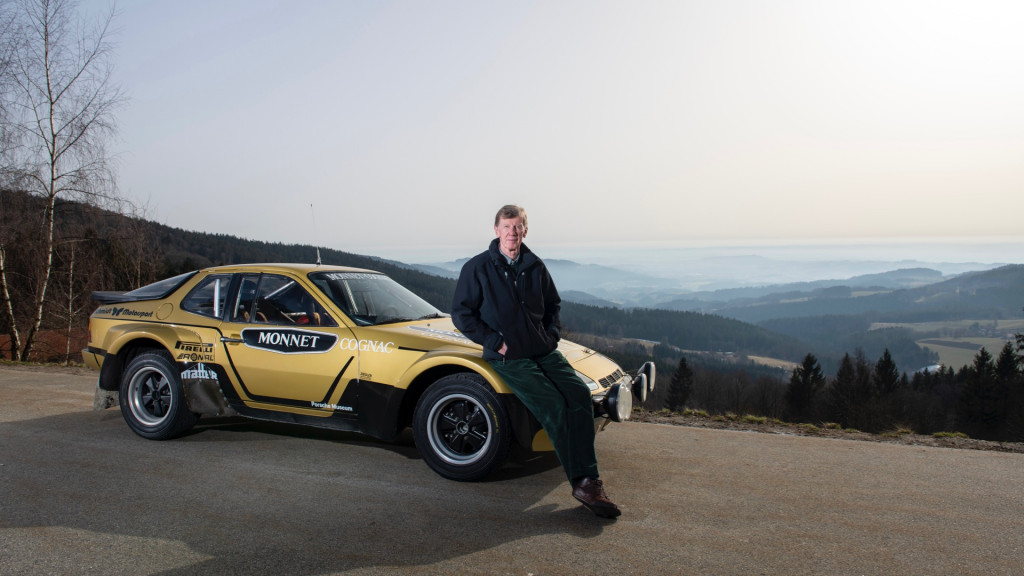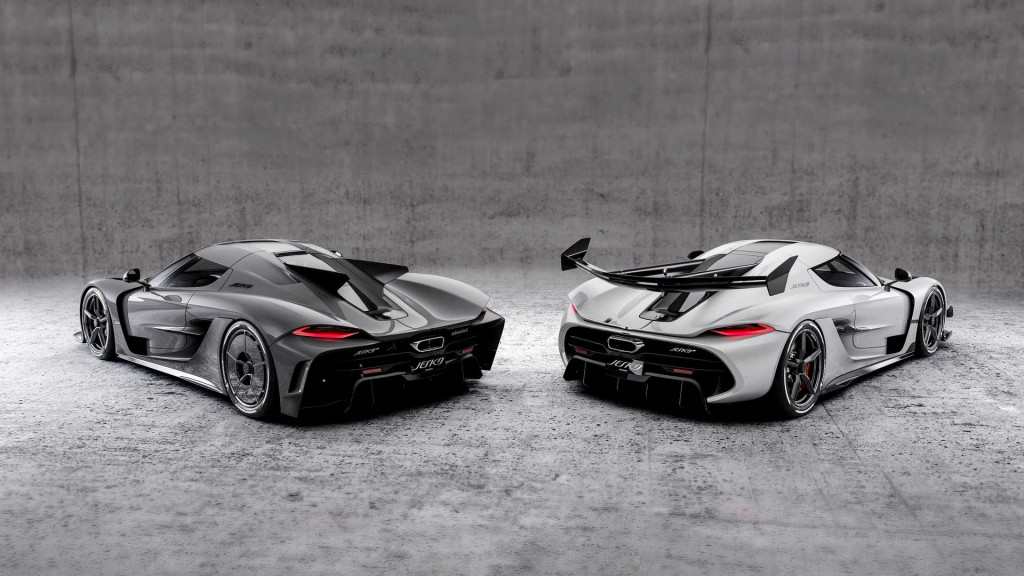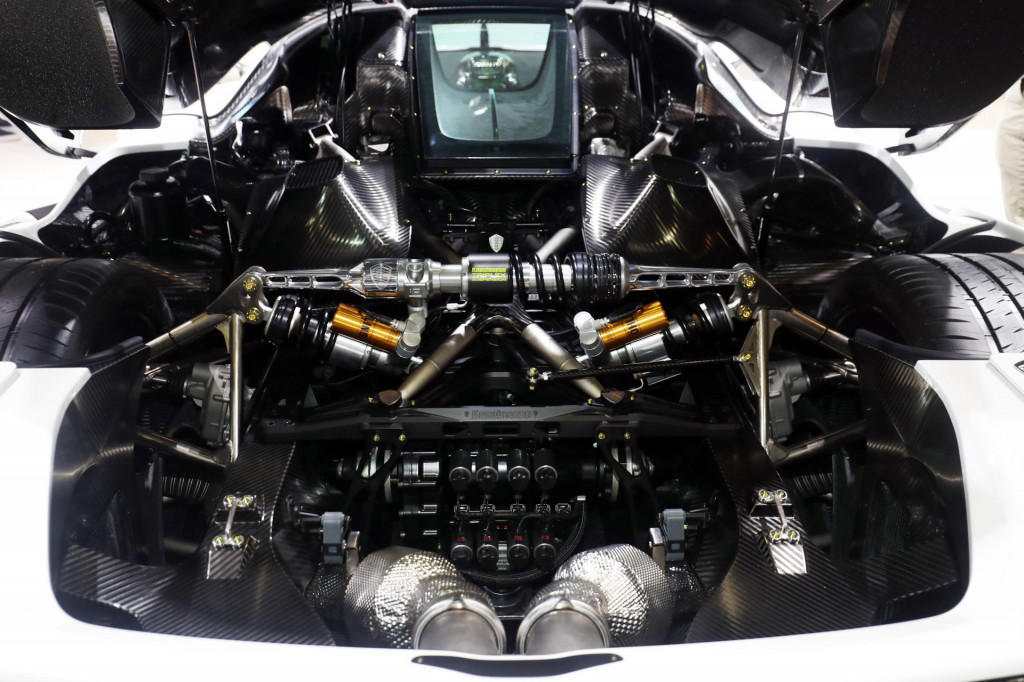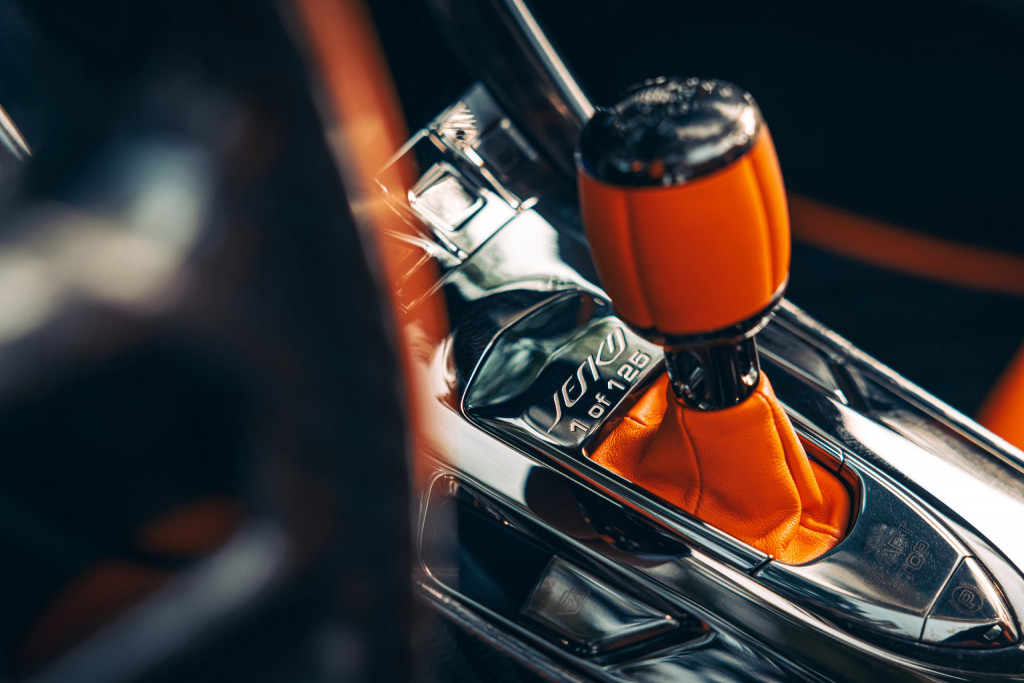BMW Group Classic has been showcasing long-hidden concept cars and prototypes on its YouTube channel. The latest is the BMW ZBF 7er, a hand-built concept from 1996 that made a few notable predictions of future BMW design and tech.
“ZBF” is a German acronym for “future BMW family,” Joji Nagashima, a legendary BMW designer who worked on the project (as well as the E39 5-Series and E36 3-Series), explained. It was part of a group of concepts, which also included 5-Series and 3-Series designs, he said.
The exterior hints at the E65-generation 7-Series, which launched in 2001, while the large vertical grille shows that BMW was toying with such a shape on a modern car long before today’s 4-Series. The ZBF 7er was also much larger than the contemporary E38 7-Series, Nagashima said, again predicting the direction BMW would go with the successor E65 model.

BMW ZBF 7er concept
The car rides on custom tires specially manufactured by Dunlop, Nagashima said, with hand-cut treads of his own design. The largest tire size commercially available at the time was 19 inches, and designers wanted something larger, he explained. The bodywork of this drivable concept is hand-made as well. The body panels are all hand-beaten aluminum, in the finest coachbuilding tradition.
While it was built using techniques from the past, the ZBF 7er showcased future technology, including an early version of the now-ubiquitous iDrive rotary controller, and laptops for rear-seat passengers. The sedan also had cameras in place of exterior mirrors, something that has only recently entered production, and still isn’t available in the United States due to regulatory issues.
BMW has quite a few interesting concept cars and prototypes in its collection. It recently revealed the ICE concept, an early crossover coupe design study, after 17 years, and it kept the E31 M8 prototype stashed away for a decade before showing the car publicly. We’re still waiting for the E34 M5 wagon prototype powered by a McLaren F1 V-12 to see the light of day.




